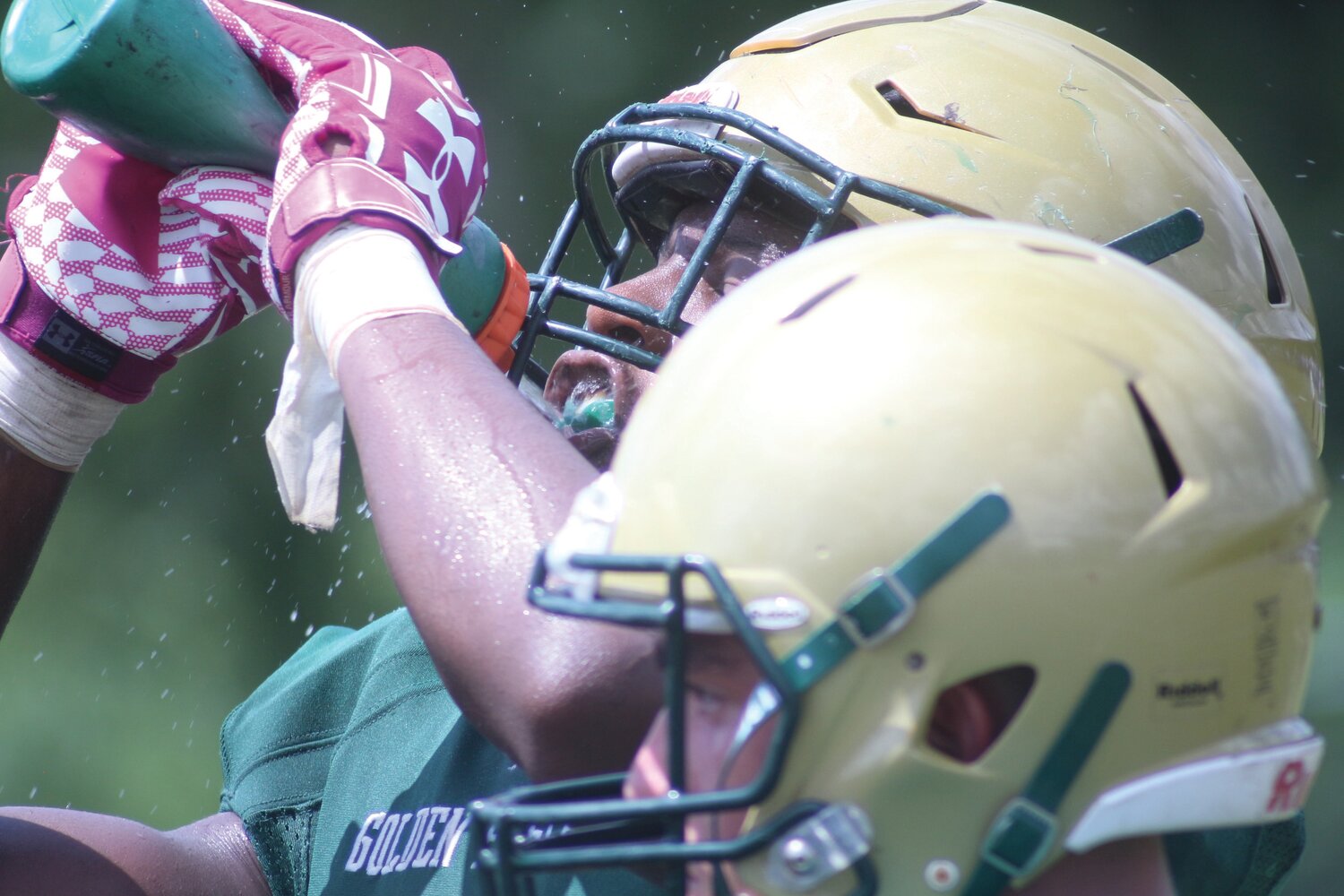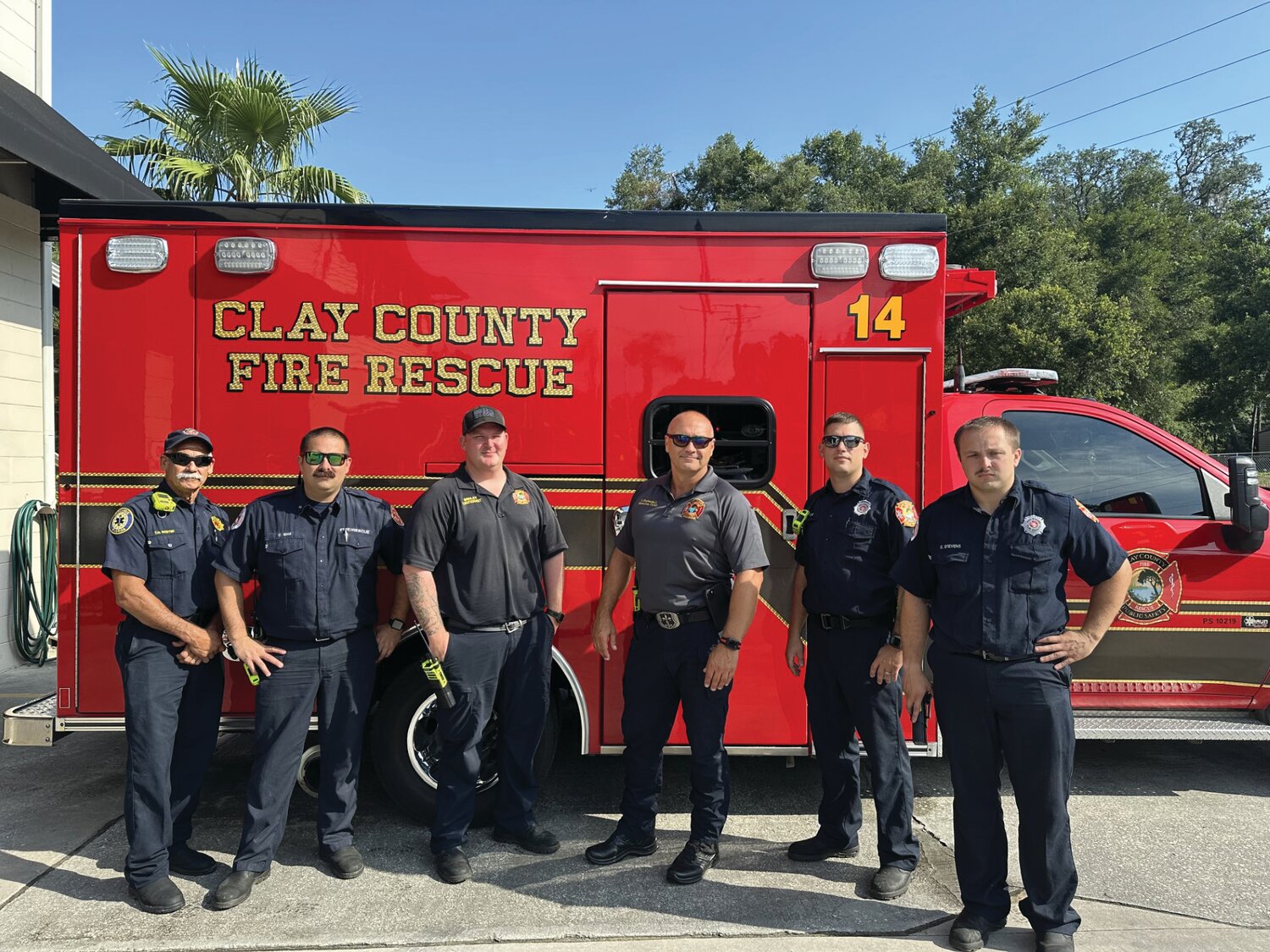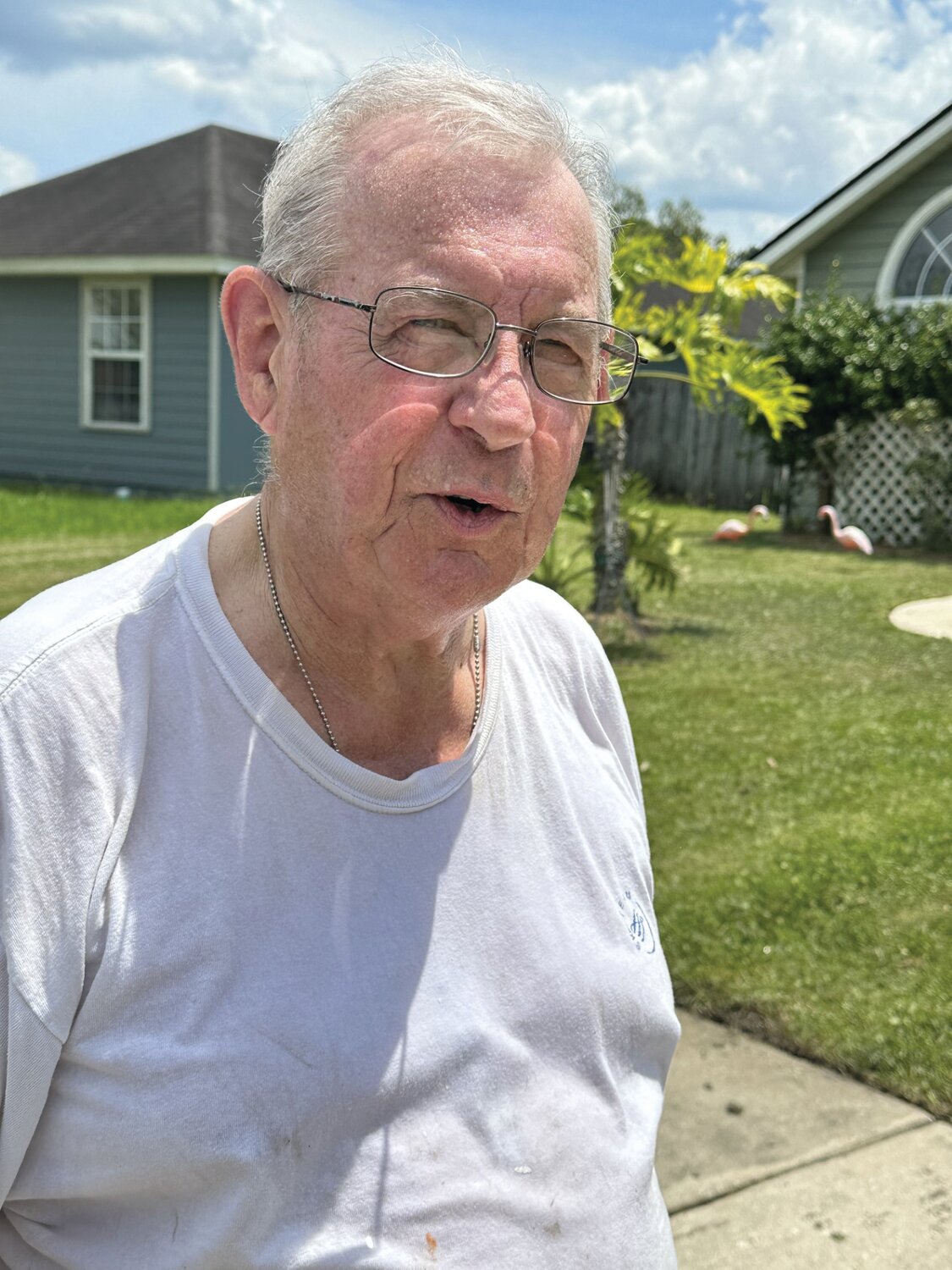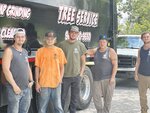Beating the heat
As county grips with stifling heat, caution and care needed to avoid injuries, death
CLAY COUNTY – It was still dark when William C. Scott Jr. fired up his lawnmower and started cutting his grass. It didn’t matter whether he lived on a cul-de-sac with 24 other neighbors …
This item is available in full to subscribers.
Attention subscribers
To continue reading, you will need to either log in to your subscriber account, below, or purchase a new subscription.
Please log in to continueDon't have an ID?Print subscribersIf you're a print subscriber, but do not yet have an online account, click here to create one. Non-subscribersClick here to see your options for subscribing. Single day passYou also have the option of purchasing 24 hours of access, for $1.00. Click here to purchase a single day pass. |
Beating the heat
As county grips with stifling heat, caution and care needed to avoid injuries, death
CLAY COUNTY – It was still dark when William C. Scott Jr. fired up his lawnmower and started cutting his grass. It didn’t matter whether he lived on a cul-de-sac with 24 other neighbors or that it was before 6 a.m. At 75 and as a person with diabetes, he can’t take any chances with the heat.
None of his neighbors complained. They were trying to cope with the same deadly heat that forced thousands to gulp water, wipe sweat, pant in discomfort and find refuge in air conditioning.
“When it gets hot, especially as a diabetic, when you have to take care of your grass, you have to be smart,” Scott said. “I drink a gallon and a half of water. I start when it’s dark. I use my headlights. And I pace myself.
“Cutting grass at 3 (p.m.) is suicidal.”
The high at Scott’s Middleburg home on yard day was 95 degrees. Added to Florida’s typical choking humidity, the heat index measured at 110 degrees.
The oppressive heat has made most who make a living outside take extra precautions. Schedules have been affected, and bosses are paying more attention to the health of their employees.
The current heat wave with temperatures of at least 90 degrees started on June 24. Except for two days, the temperature has been 91 degrees or hotter in 17 of the past 19 days. And the forecast doesn’t call for the thermometer to dip below 90 degrees until last least Aug. 2.
The hottest day so far, was July 3, with a high of 102 and a heat index of 111. The hottest heat index was on July 4 at 113 degrees (and a 99-degree temperature).
According to the U.S. National Centers for Environmental Prediction, it tracked the hottest global temperature in recorded history for Earth on July 4. The average temperature was 62.62 degrees, breaking the 1940 record of 62.456 degrees.
According to the Centers for Disease Control and Prevention, those kinds of temperatures are dangerous. When the body’s core temperature exceeds 103 degrees, it’s often the result of a person becoming dehydrated. When the body can’t cool itself, heat exhaustion is usually followed. Without fluids and cooling off, a heatstroke is imminent.
Heatstroke occurs when the body proteins and cell membranes, particularly in the brain, break down and malfunction. That then leads to damage to the heart and other internal organs.
There are symptoms – lack of sweat, throbbing headache, confusion, heavy breathing, nausea, cramps, dizziness, a body temperature of 103 degrees or higher, feeling hot, turning red, dry or damp skin, rapid or strong pulse, fainting and loss of consciousness – of becoming overheated – and they shouldn’t be ignored.
And heat affects everyone differently. Factors like age, medical conditions, obesity and medications are factors that make heat more dangerous.
According to Clay County Fire Rescue, there are contributing factors that accelerate the onset of heat exhaustion and heatstroke. They include dehydration, alcohol use, caffeine, energy drinks, prolonged exposure and overdressing.
According to the CDC, an average of 702 people die in the United States of heat-related causes, with 76,512 emergency room trips requiring 9,235 to be hospitalized.
Schools take precautions
There is such concern about heat the Florida High School Athletics Association requires all athletes to pass a heat class. In addition to watching a video on how to avoid heat stroke and realizing the symptoms early, athletes must also show they can handle the energy-sapping weather.
Athletes must obtain a certificate after completing classes for heat, defibrillation and concussions before they’re allowed to play. Those certificates must be filed with the FHSAA.
The high school organization also has strict guidelines for outside activities in the heat. Full practices, which can’t exceed 3½ hours, are allowed if the temperature is 82 degrees or lower. If it’s between 82.1-87 degrees, athletes are required to take three four-minute breaks every hour. If it’s between 87.1 and 90 degrees, the maximum time outside is two hours, with four separate, four-minute breaks every hour. If it’s between 90.1 and 92 degrees, practices are limited to one hour with five separate four-minute breaks. And if it’s hotter than 92.1, no outdoor activities are allowed.
FHSAA also require water breaks during games.
That tingly feeling
Brandon Beck works for Black Creek Tree Company. It’s a job that requires him and his co-workers to be outside. The group took a break for lunch last week, and between the five, they drank nearly four pitchers of water and one pitcher of iced tea.
When Beck was asked if he’s been overwhelmed by the heat, he said, “Just about every day.”
Workers said owner Justin Weimer demands workers drink plenty of water and take breaks.
“He gave us a company credit card and told us to make sure we had plenty of water,” said Michael Demont. “Sometimes, we go through a case and a half in a day. Most of us know when to take a break.”
Regardless, all five work in a dangerous environment.
“There have been times when I got dizzy or nauseated,” Kolton Tipton said.
“My fingers get tingly,” Demont said.
Fires are hot
Imagine battling a fire in a heavy four-layer firefighter’s suit and helmet. Fire and rescue do it every day.
“It’s not as bad as you would think,” said Battalion Chief David Kuykendall. “When you put on all your gear, your adrenaline kicks in and you start working. But it does take a toll on you after being in the gear for a few minutes.”
Kuykendall said he tries to give firefighters a break every 10 to 15 minutes. Each firefighter also has two sets of gear, so they don’t have to put on jackets and pants that were soaked by sweat.
“It’s going to be hot anyway,” Kuykendall said. “Heat like this is an added complication. You work, cool down and get back to work.”
Lt. Matthew Brinley said proper hydration starts a day before exposure to dangerous temperatures.
“You can’t wait until the day you have to be outside to start drinking water,” he said. “Water helps, but by then, it’s too late.”
Fire Rescue also has a rescue squad with EMTs at each scene to oversee firefighters and any possible victims.
Kuykendall said he recently worked in his yard and was overwhelmed by the heat.
“I got dizzy, so I set the chainsaw down and found some shade,” he said. “If it can happen to me, it can happen to anyone.”
Kuykendall said soldiers and law enforcement also are taxed by the heat.
“They wear vests and full gear,” he said. “That can’t be easy.”
He also warned it takes less than 10 minutes for a person or pet to be overcome by heat in a car.
Limiting exposure to the heat
Winn-Dixie has one person designated to round up shopping carts, but at the Green Cove Springs store, manager Mike Finnick changed the store’s routine by getting all the employees to participate in the collection.
“Everyone gets out there five or six times a day and gets the carts at one time,” he said. “That way, nobody is outside more than 10 minutes. We work as a team in a rotation.”
He said when the weather is cooler, the clerk responsible for gathering shopping carts will spend four or five hours in the lot. And a quick check of the temperature on black asphalt last week measured 138 degrees.














